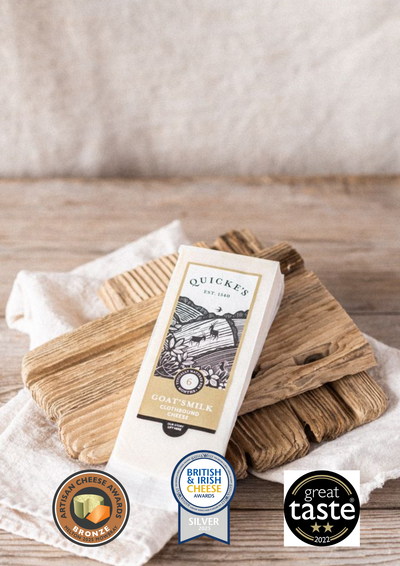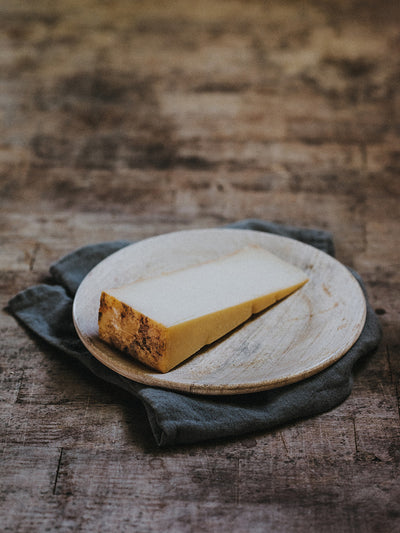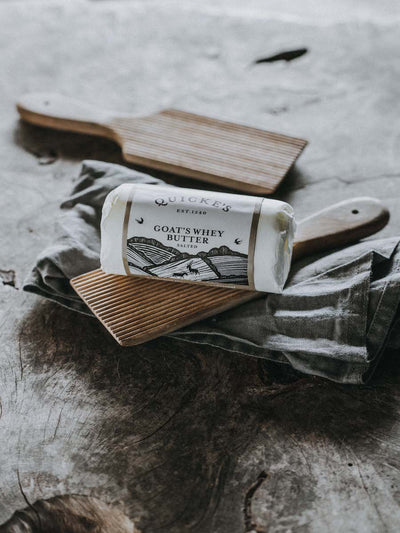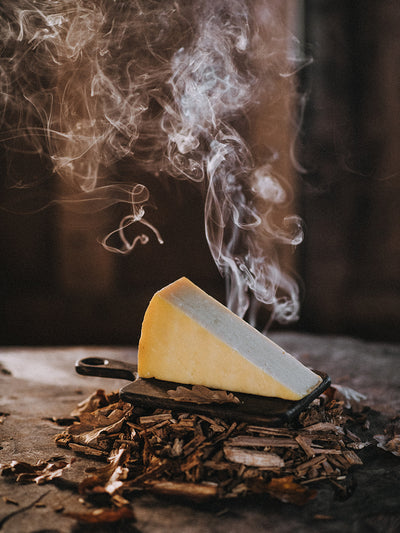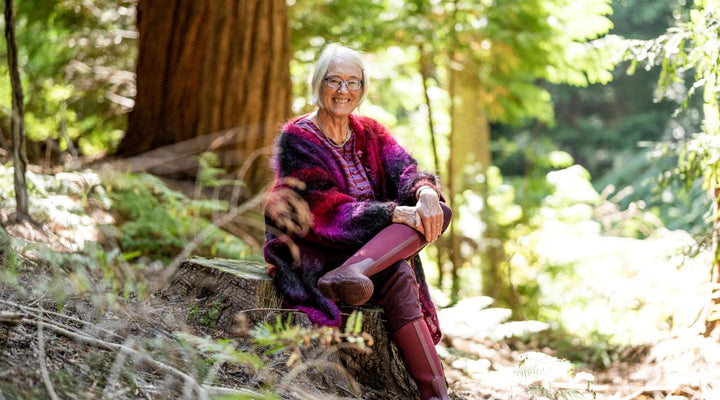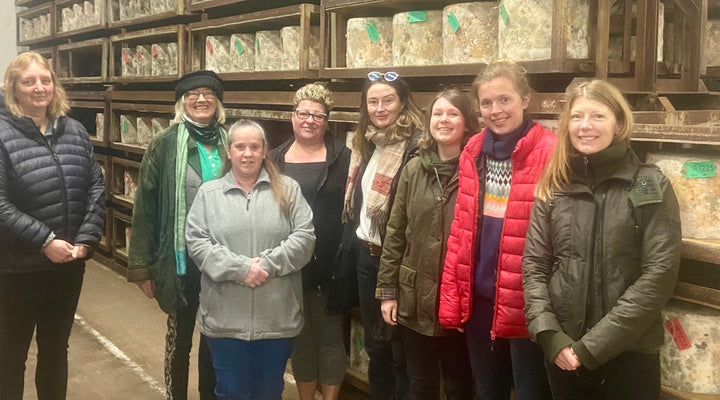NATURE
March, in like a lion, out like a lamb? Biting east winds, or gentle sun and rain, all reliant on the great tussle of warm and cold air masses. And whatever the weather, each day the sun rises earlier, zeniths higher and sets later. The cold can only have so much of a hold. Each day, even when it’s cold, you see some new assurance of spring: a primrose in a sheltered dell, wild garlic stirring in the leaf litter, blackthorn flowering in the hedge. Birds are in full nest-building swing, lots of song, lots of construction, a little discrete playing away.
Our fallow deer have black backs, a slightly unusual variant. Walking in the woods, a doe jumped out from the undergrowth just ahead of us, where she’d been resting as the fawn gets bigger inside her. My brother is hoping for some natural regeneration from some chestnut trees he felled last year, each stump sending up lots of stems. It’s good feed for deer. She’s been nibbling the new shoots. Hey, leave some shoots to grow. And some trees he coppiced a little while ago each have 4 or 5 good stems, that managed to grow through the restaurant stage, now almost ready if you wanted stakes or biomass.
ARABLE
We are spreading the winter’s haul of manure, rotted strawy dung, that is an elixir for weary arable soils. You need to get the goodness under ground to stop losing the ammonia, a good fertiliser in contact with the soil and a pollutant sitting on top of it. Arable soils lose organic matter, which is where the animals come in, using the straw for beds and feed then sending the composted beds out to grow grain and straw, to start the cycle off again. It’s lovely to see the green shoots emerging from the soil, green shot silk on the brown background.
That cycle is so beneficial, we are rethinking how we winter the animals. The cattle tolerate grazing crops all winter. Even with a grass run back, on our slopes, it’s more damaging to our soils than we want. And seeing the benefit of that manure on our soils starts to make the case for buildings and machines, much as I like the idea of running on cow power alone.
COWS
Cows are settling into grazing, out first on 10th February. Now they are scarily eating into the stored growth from the winter, grass disappearing into hungry mouths, until suddenly it’s growing faster than they can eat and shortage tips into plenty. I know that happens every year, and I spend most of March watching the balance tipping one way or the other until finally growth wins.
This year, we have a bumper crop of heifers from our spring calving cows. We’ve used sexed semen, where sperm that will make a female is induced to swim one way, into the straws of semen we use to have the cows conceive. That means slightly less good conception, and a lot more heifers from dairy breeds. We rear them to join our own herd, and if we’ve any spare, other grazing based farmers want the quality we have.
We now rear our male calves, and the female calves from the beef breeds we use to calve at the end of March. We used to think of that as a distraction from raising milking cows, and now it feels like a good use of the inevitable by-products of dairy farming. We use some very fine Angus bulls, not only tasty, but known to be tasty. We had Belted Galloway bulls, which gave a striking white belt around their offsprings’ middles. They were equally tasty, and not known to be, and people valued them less.
DAIRY
The milk is lovely, benefitting from the grass feeding, the curd pale golden yellow in the vat. We are making a normal amount of cheese. When it matures, COVID will, with any luck, be a liveable-with inconvenience, and we can be eating out and enjoying the company of friends with a delicious plate of cheese. We’ve been grading cheese from last year and the autumn. The cheese gives no indication of the dramas surrounding its birth: luscious buttery notes are coming to the fore, with some lovely savoury notes.
We are cutting more of our cheese up into pieces to send out to households. It’s been a lovely impact: thank you! While you haven’t been getting out and about, you have been ordering hampers for yourself or as presents. It’s great to feel directly connected to people who love our cheese and to share some of our favourites from other makers with you.
RECIPE
Fish Pie with Quicke’s Mature Cheddar Sauce -
Fish pie is such a great standby. I love the fish pie mix you get in fishmongers.
- Peel and boil some preferably yellow-fleshed potatoes.
- Hard boil some eggs and peel.
- Make a white sauce, put generous amounts of Quicke’s Mature cheddar grated (I include the rinds, too).
- Put fish pie mix into a dish, with white sauce over it.
- Arrange eggs cut in half lengthways around the dish. Season.
- Mash potatoes with milk and generous amounts of Quicke’s Whey Butter, salt and pepper. Gingerly put the mashed potato of the fish filling, working from the edges so the potato is always supported.
- Grate a little cheese over the top & Bake in a hot oven till the top is golden.
- Eat with a spring vegetable mix braised in butter, seasoning, and as little water as will boil away over a low heat until the vegetables are tender.
MARY QUICKE

